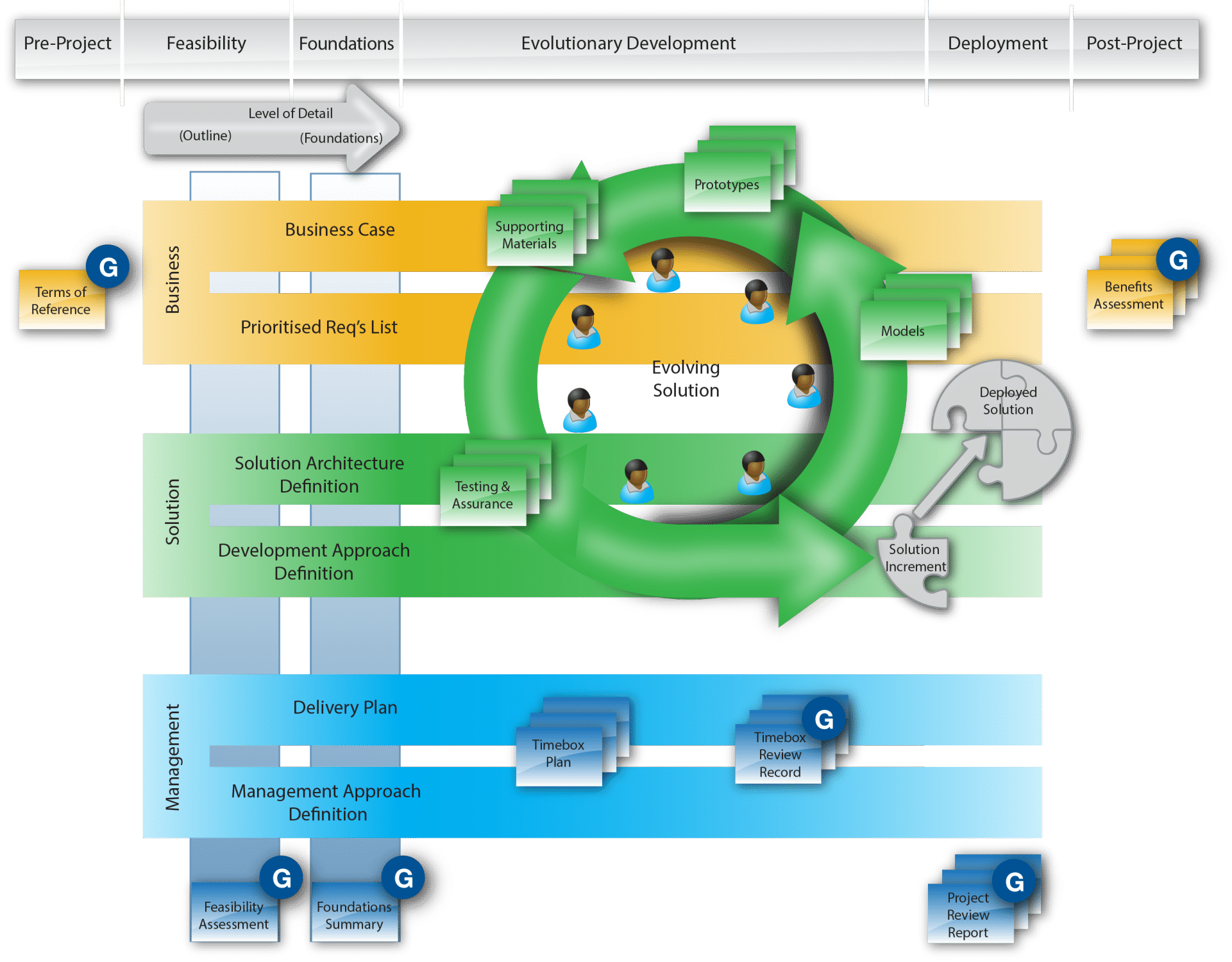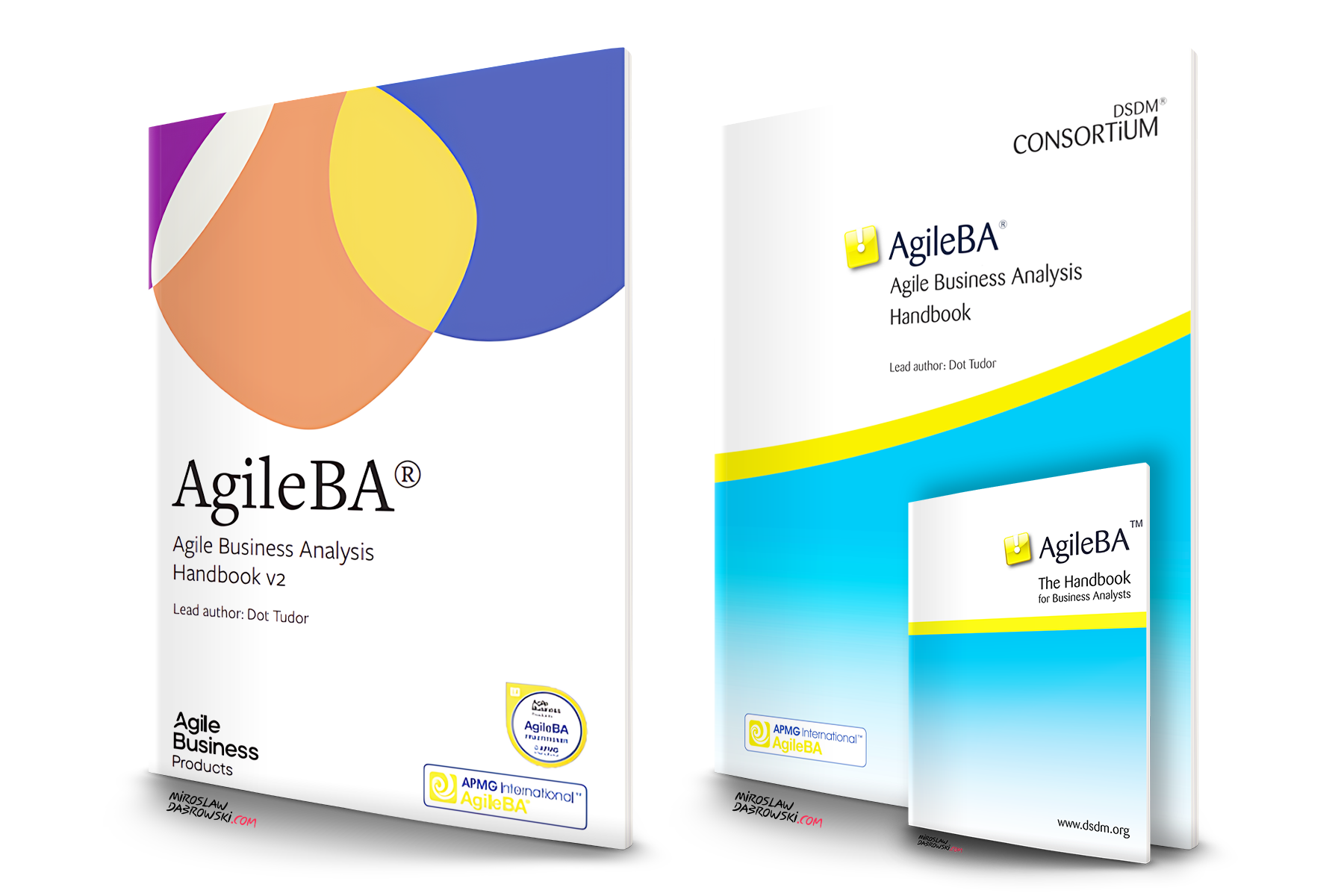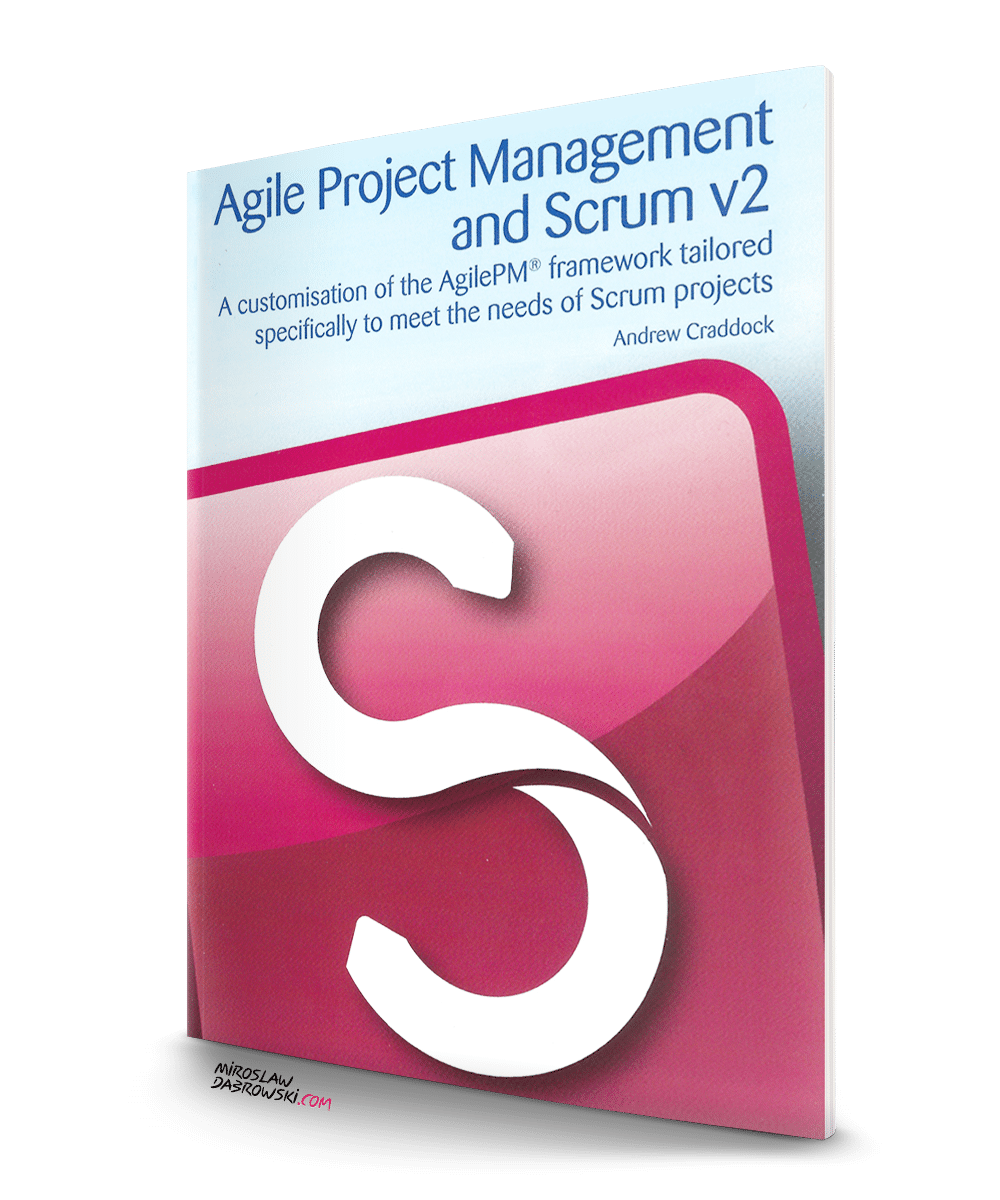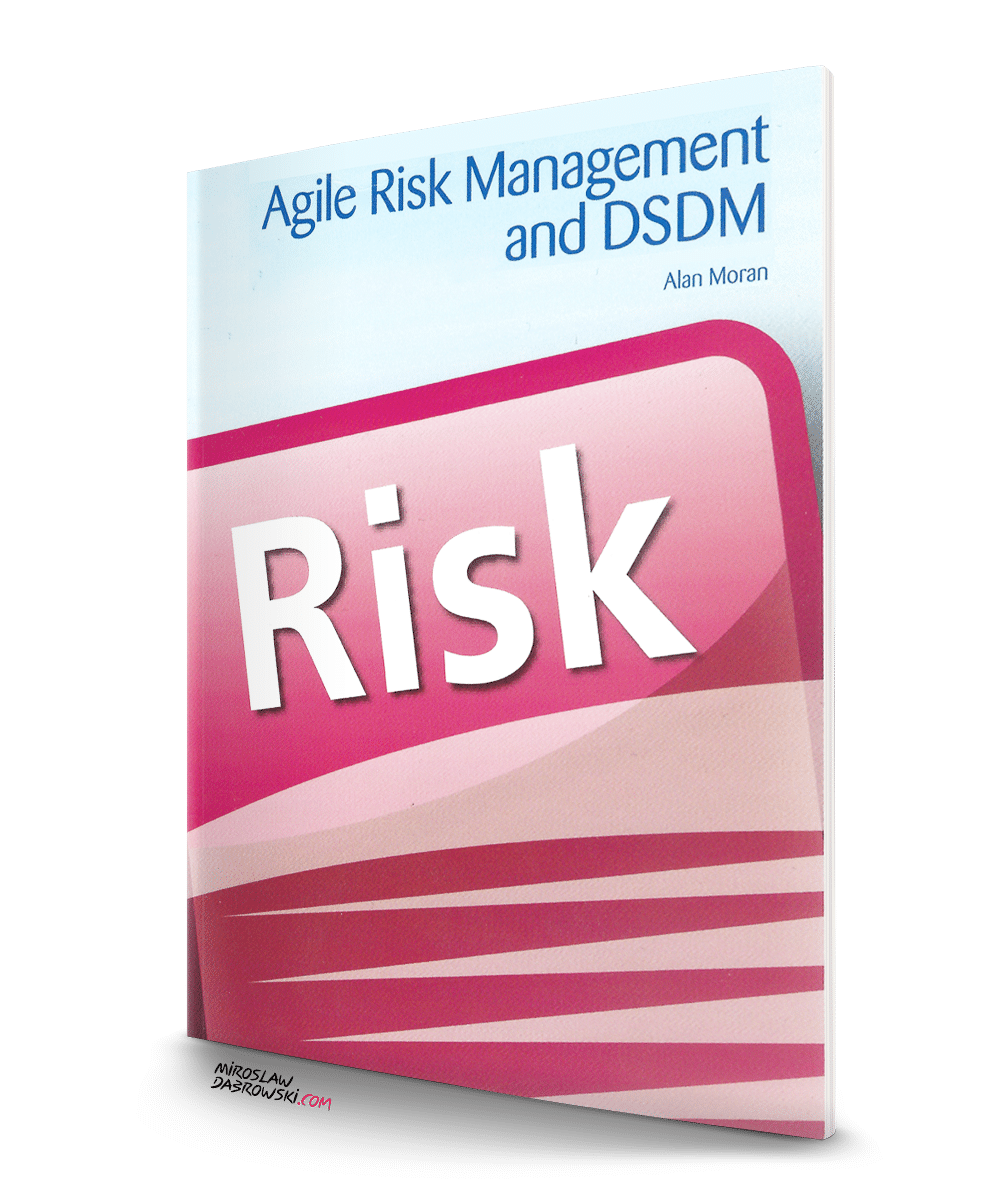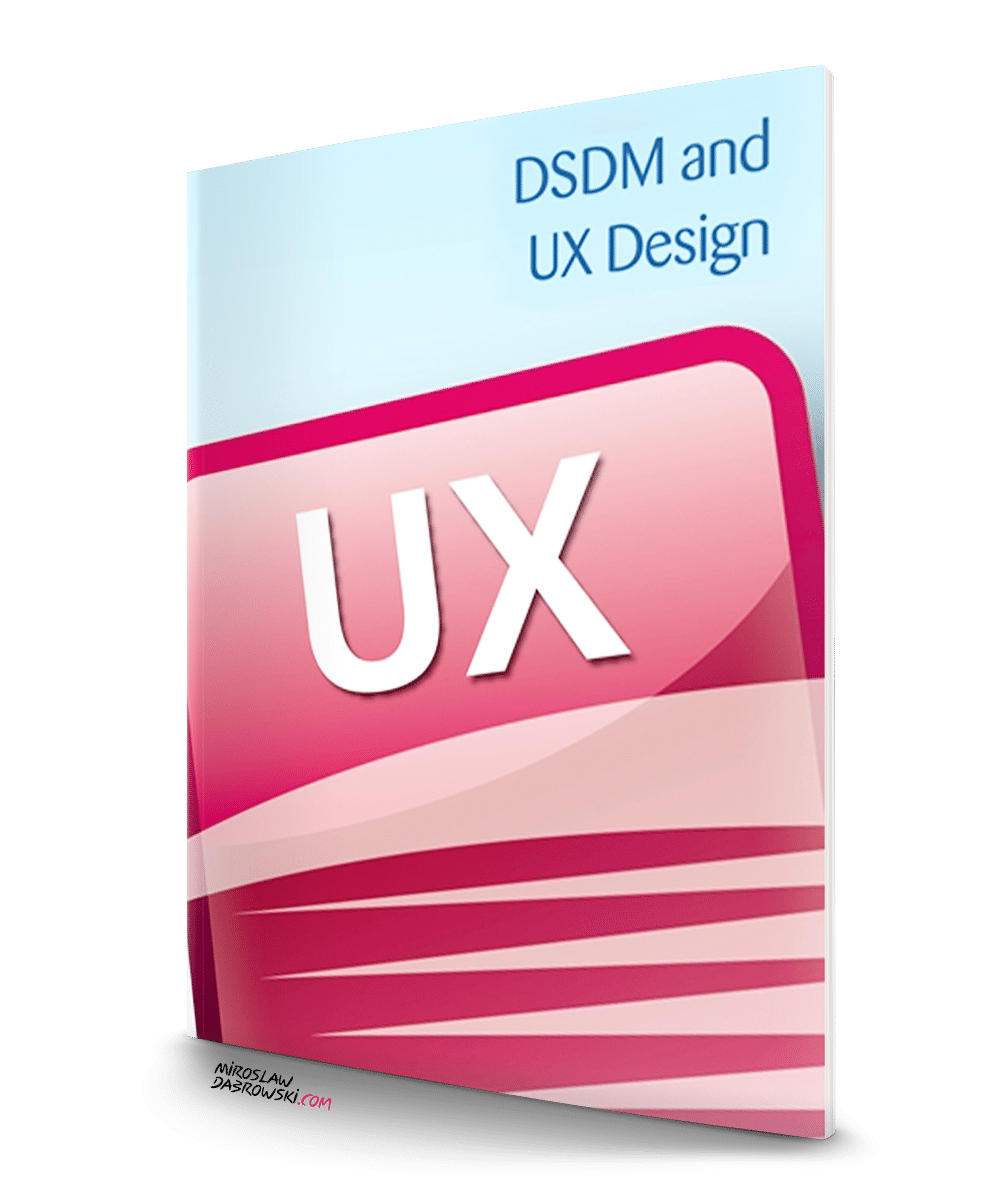AgileBA® (Agile Business Analysis) is a collection of best practices related to business analysis in organizations and projects that employ agile or hybrid approaches to project delivery. AgileBA expands upon the DSDM Agile Project Framework (DSDM – Dynamic Systems Development Method), extending this framework with a set of practices, techniques, and tools dedicated to the roles of Business Analysts and System Analysts. AgileBA guides conducting business analysis efficiently throughout the project lifecycle. This approach highlights the role of the Business Analyst, their responsibilities, and their relationships with project stakeholders.
Agenda
- What is Agile, DSDM, and AgileBA
- The philosophy and principles of AgileBA
- Roles and responsibilities in the AgileBA methodology
- Project preparation
- AgileBA project lifecycle, project phases, and management products (artefacts)
- Delivering on time – prioritization and Timeboxing
- People, Teams, and interactions
- Requirements and user stories
- Estimating and measuring progress
- Agile project planning
- Maintaining quality
- Risk management
- Adapting the AgileBA method to project conditions and organization
- Guidance for individuals taking the AgileBA Foundation exam
Participants
- Business and System Analysts
- Agile business Business and System Analysts
- Agile project managers
- Project team managers
- Team leaders in development teams
- Management and employees of IT service companies
- Business analysts and system analysts working in agile environments
- Programmers working in agile environments
- Testers working in agile environments
- Anyone interested in understanding the differences between three popular approaches: PRINCE2, PRINCE2 Agile, and AgilePM
- Anyone interested in applying the AgileBA methodology in practice
- Anyone interested in preparing for the AgileBA Foundation certification
Learning Goals
- Understanding the application and utilization of techniques and tools used in projects following the DSDM approach,
- Ability to select elements of the DSDM methodology depending on the situation,
- Efficient project management,
- Understanding the need for effective communication between the client and the development team,
- Ability to allocate roles and responsibilities,
- Acquiring skills to prioritize requirements, enabling timely project completion while maintaining the quality of the delivered product,
- Acquiring skills to tailor solutions to meet client needs, thereby significantly reducing the risk of delivering the wrong solution (i.e., one that meets acceptance criteria but is no longer needed by anyone at the time of delivery),
- Understanding the principles of collaboration between stakeholders facilitates easier implementation of the product for use.
I was very impressed with Mirek's extended knowledge of... everything! 🙂 Huge passion for both learning and teaching. I was very satisfied with the (...)
Miroslaw turned out to be a great trainer with coaching, soft style, visible easiness in approaching people, at first call. Unprecedented sense of (...)
Training with Mirek was amazing and I truly recommend him as a trainer. He is IT enthusiast with extensive technology knowledge and great interpersonal and communication skills.
Miałem okazję odbyć szkolenie z ITIL prowadzone przez Mirka, już na wstępie chciałbym szczerze polecić Go jako trenera! Jasny przekaz poparty (...)
Mirosław is a great speaker with deep knowledge background in Agile PM and big bag of experience. During presentation Mirosław was sharing high level (...)
Mirek is not only a hard-working and achievement oriented trainer but also an inspiring colleague. Open minded, dedicated, organized, efficient and (...)
Obszerny materiał PRINCE2 został przedstawiony przez Mirka w ciekawej formie, w krótkim czasie trzydniowego szkolenia. Pomaga poukładać wiedzę, nie (...)
Świetnie przeprowadzone szkolenie z metodyki AgilePM. Intensywne z racji dużej ilości materiału, ale równocześnie interesujące i dokładnie omówione. (...)
I participated in the training led by Mirek. Knowledge and coaching skills of Mirek impressed me very much. He is a passionate of teaching and (...)
